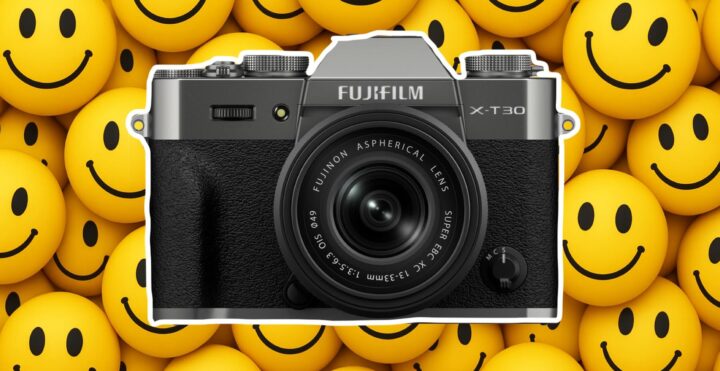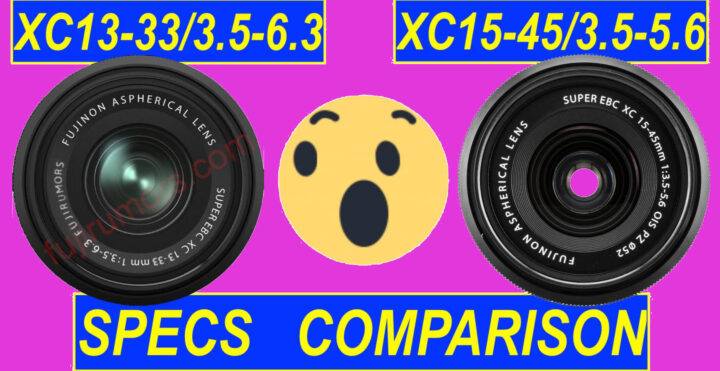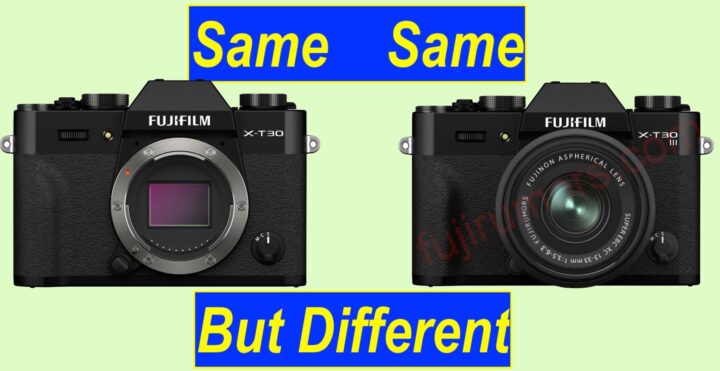Your Firmware Wish List – Tell Fujifilm!

- Fujifilm X gear I own
- Fujifilm GFX gear I own
- Instax Gear I own
- Photography Accessories I own
- Apple Gear I Own
- Full List of Third Party AF X mount lenses
I recently wrote an article where I basically run through the entire history of Fujifilm Kaizen firmware updates.
I ended up inviting Fujifilm to keep up their Kaizen spirit.
Now, I have no idea how things will develop in future.
But I have wishes and hopes. And I thought that, after a long time, it might be high time to share again our firmware wishes.
- Vote Your Top (Realistic) Fujifilm Kaizen Firmware Wish (2024)
- Fujifilm publicly asks which firmware the community wants next (2019)
I certainly hope for the fully automatic subject detection mode to come to all 5th generation cameras (and I showed Fujifilm how easy that could be implemented). I am not a video guy, but why no waveform monitor, vectorscopes and anamorphic mode on all 5th generation cameras? I want more cameras with touch-to-track autofocus in video. And please, panoramic mode on 40MP cameras would be nice too.
And why shouldn’t the Fujifilm X-T50 and X-M5 also be able to store custom recipes on their FS1/FS3 positions? And what about direct to Instax print option?
Also, it never hurts to get some autofocus boost. I mean, for what I do, it’s already amazing. But being 85% as good as other brands is not good enough these days. It’s time to match other brands in terms of AF performance.
INSTRUCTIONS:
You’re welcome to share your wishes in the comments below.
Just in case later I decide to turn them into a survey, it would be helpful if you upvote existing comments that already include your wish, and post a new comment only if your idea hasn’t been mentioned yet.
The Best Fujifilm Communities
- Fujifilm Film Simulation Group
- Fujifilm X-T Shooters Group
- Fujifilm X100 Shooters Group
- Fujifilm GFX Shooters Group
- Fujifilm X-Pro Shooters Group
- Fujifilm X-H Shooters Group
- Fujifilm X-E Shooters Group
- Fujifilm X Third Party AF lenses Group
- Fujifilm Astrophotography Group
- Viltrox X mount lenses Group
- Fujifilm X-S shooters Group







